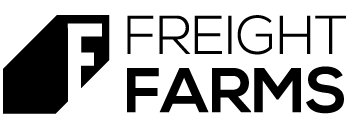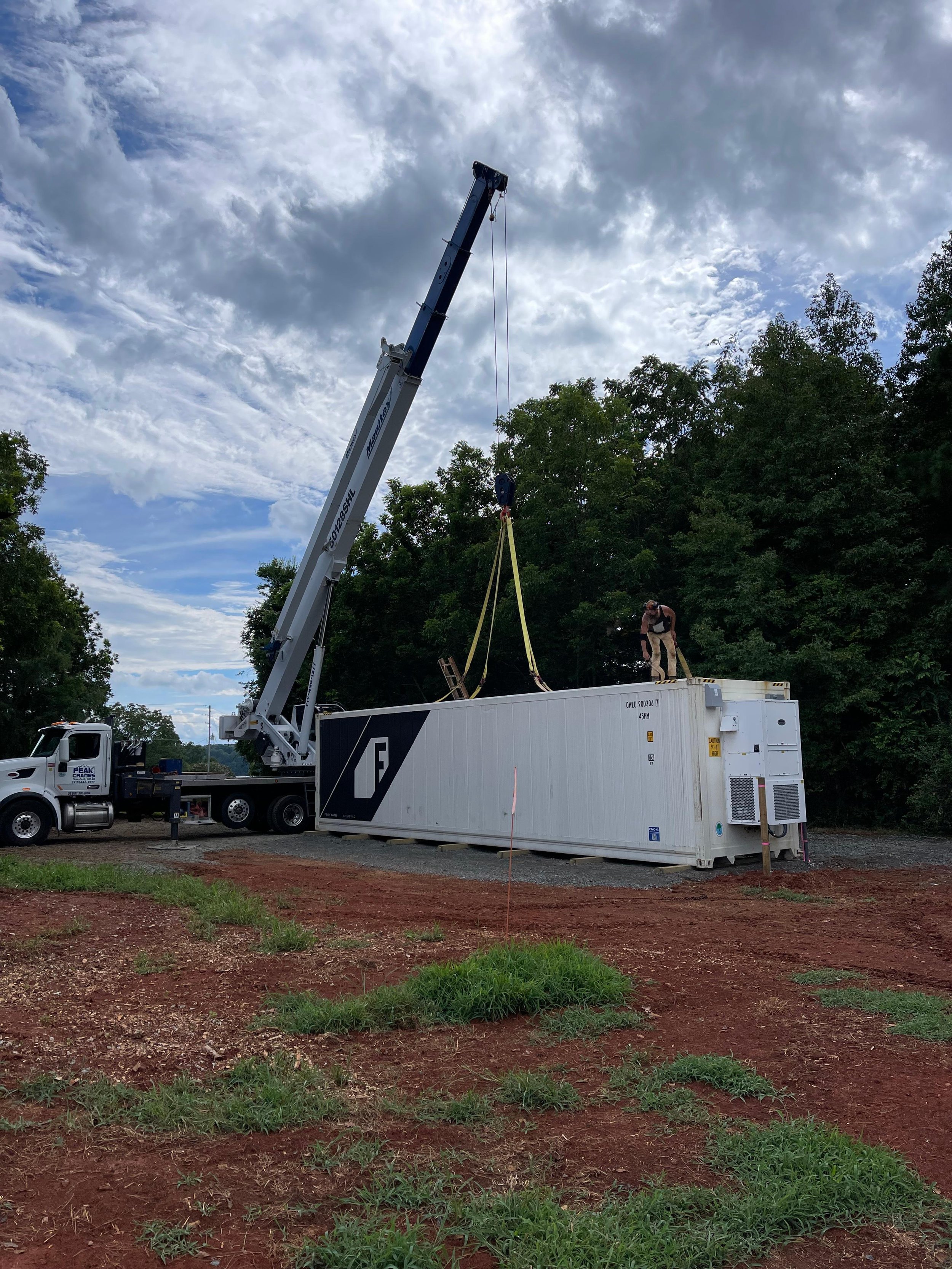The Future of Zoo Nutrition: Sustainable Feeding Practices
Zoo animals require a carefully balanced diet to maintain their health and well-being. Traditional feeding methods often rely on imported food items, which can be costly and environmentally unsustainable. Sustainable feeding practices focus on producing high-quality, nutritious food locally, reducing the carbon footprint, and ensuring a fresh supply of essential nutrients.
Environmental Impact
Traditional agricultural practices contribute significantly to environmental degradation, including deforestation, soil erosion, and water pollution. By adopting sustainable feeding practices, zoos can minimize their environmental impact, promote biodiversity, and support global conservation efforts.
Freight Farms: Revolutionizing Zoo Nutrition
Freight Farms offers innovative solutions for sustainable agriculture, utilizing advanced technology to grow fresh, nutritious crops year-round. Their Greenery™ units are state-of-the-art vertical farming systems that enable efficient and sustainable crop production.
Advantages of Freight Farms for Zoos
Year-Round Food Production: Freight Farms' Greenery units allow for continuous crop production, ensuring a steady supply of fresh produce for zoo animals.
Resource Efficiency: These units use 99% less water than traditional farming methods and require significantly less land.
Nutrient-Rich Crops: The controlled environment of Greenery container farms ensures optimal growth conditions, resulting in highly nutritious crops.
Reduced Carbon Footprint: By growing food locally, zoos can reduce their reliance on imported goods, decreasing their carbon footprint.
Crop Guide: Nutritious Options for Zoo Animals
Freight Farms offers a variety of crops suitable for zoo animal diets. Here are some examples from their Greenery Crop Guide:
Leafy Greens
Leafy greens are a staple in many animal diets due to their high nutritional value.
Kale: Rich in vitamins A, C, and K, as well as calcium and iron, kale is an excellent addition to the diets of herbivores and omnivores alike.
Swiss Chard: Swiss chard is a nutrient-dense green and provides essential vitamins and minerals, including magnesium and potassium.
Arugula: Known for its peppery flavor, arugula is packed with antioxidants and beneficial phytochemicals.
Lettuce Varieties
Lettuce is another important component in animal diets, offering hydration and essential nutrients.
Romaine: High in fiber and vitamin C, romaine lettuce supports digestive health and immune function.
Butterhead: This variety is softer and contains significant amounts of folate and iron, crucial for blood health.
Leaf Lettuce: Offers a variety of textures and flavors, along with essential nutrients such as vitamin K and folate.
Herbs
Herbs can enhance the palatability of animal diets while providing additional health benefits.
Basil: Rich in antioxidants, basil offers anti-inflammatory properties, benefiting the overall health of animals.
Cilantro: Known for its detoxifying effects, cilantro can help support liver function.
Parsley: High in vitamins A and C, parsley supports eye health and boosts the immune system.
Root vegetables
Root vegetables are excellent sources of energy and essential nutrients.
Carrots: Packed with beta-carotene, carrots are beneficial for eye health and immune support.
Radishes: These provide vitamin C and fiber, supporting digestive health.
Turnips: Rich in vitamins C and K, turnips are also a good source of fiber and folate.
Integrating Sustainable Feeding Practices in Zoos
Steps to Implementation
Implementing sustainable feeding practices in zoos involves several key steps:
Assessment of Nutritional Needs: Conduct a comprehensive analysis of the dietary requirements of the zoo's animal population.
Selection of Suitable Crops: Choose crops that meet the nutritional needs of the animals and can be efficiently grown using Freight Farms' technology.
Installation of Vertical Farming Units: Set up Greenery units in suitable locations within the zoo to maximize production efficiency.
Training and Education: Train zoo staff on the operation and maintenance of the vertical farming units and educate them on the benefits of sustainable feeding practices.
Monitoring and Evaluation: Regularly monitor the animals' health and well-being and evaluate the impact of the new feeding practices.
Benefits for Zoo Operations
Cost Savings: By producing food on-site, zoos can significantly reduce their food procurement costs.
Improved Animal Health: Fresh, nutrient-rich food contributes to the overall health and well-being of the animals.
Educational Opportunities: Sustainable feeding practices can be incorporated into educational programs for zoo visitors, raising awareness about conservation and sustainability.
The future of zoo nutrition lies in sustainable feeding practices. By adopting advanced agricultural technologies such as those offered by Freight Farms, zoos can ensure a consistent supply of fresh, nutritious food for their animals while reducing their environmental impact. As we move forward, it’s essential for zoos to embrace these innovations, contributing to global conservation efforts and promoting a healthier planet for all species.
Freight Farms is at the forefront of sustainable agriculture, offering solutions that can transform zoo nutrition. To learn more about how your zoo can implement sustainable feeding practices, visit Freight Farms today.










